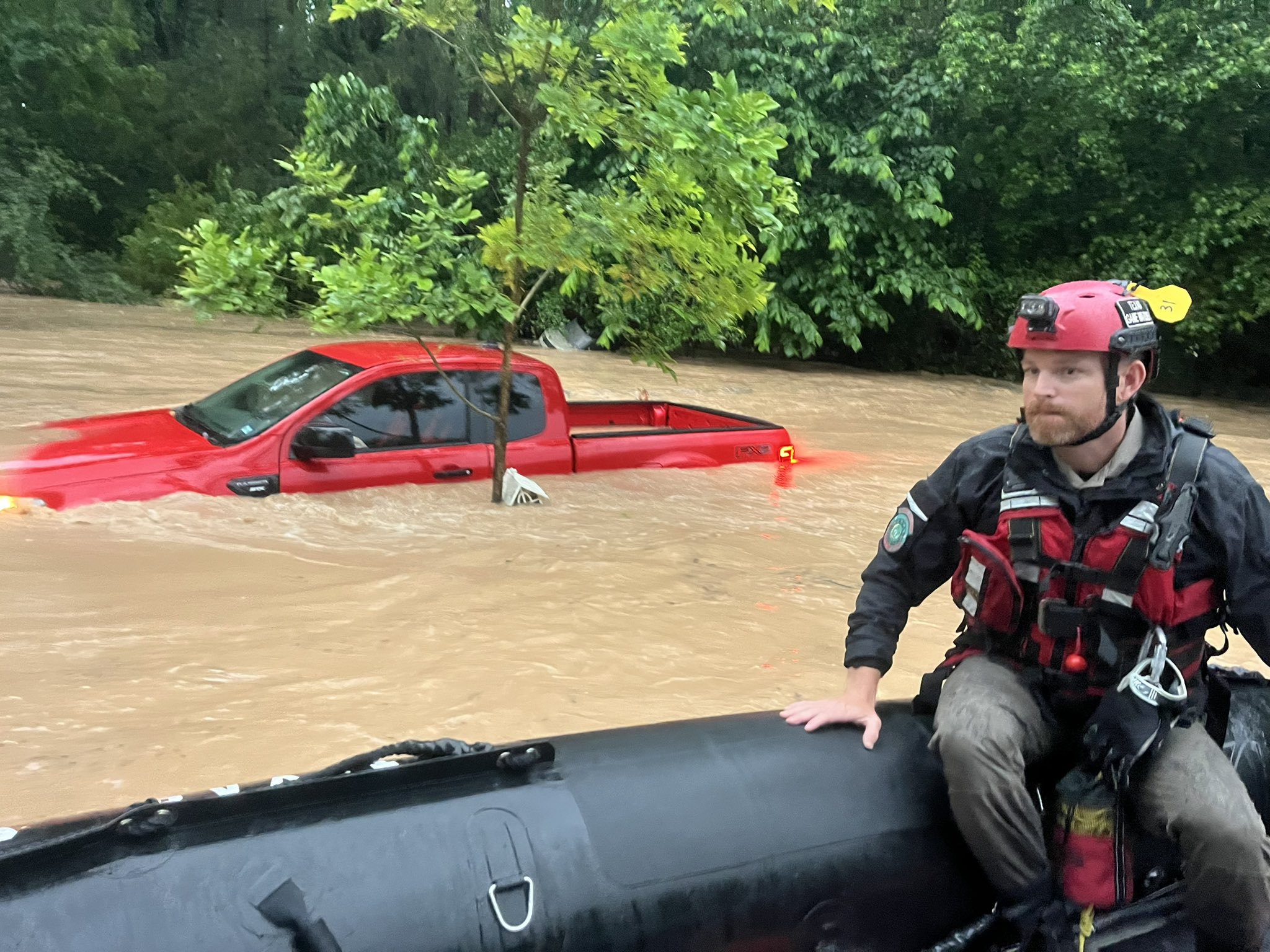Constant spring storms bring more than “tornado season” to much of the US

I’ve lived most of my life in Oklahoma and Texas (now in Oklahoma), so I’m used to spring storms that often bring flooding, hail, damaging winds and tornadoes. They don’t say “where the wind come sweepin’ down the plains” in Oklahoma’s state song for nothing. But even this seasoned disaster professional is overwhelmed by what’s been happening across the Gulf Coast, into the Midwest, across the plains and even in states that may have never experienced the repeated onslaught of damaging storms that we’ve witnessed this year.
As I write this blog post, I have the Weather Channel on in the background because they’re the only national media source covering the constant train of moist gulf air meeting up with cool air coming over the Rocky Mountains and wreaking havoc across Oklahoma, Iowa, Kansas, Arkansas, Missouri and into states like Ohio, Nebraska, Michigan, Tennessee and Kentucky. They’re the ones, along with local news in each of these places, highlighting that there is more severe weather, including flooding rains, expected across Texas, Louisiana and other states along the Gulf Coast. There are more severe storms, including tornadoes, that just came across the Midwest and Great Plains. And a devastating storm that just brought tornadoes to Greenfield, Iowa, causing massive destruction and injuring several people.
The severe weather feels constant and never-ending – and I can feel the disaster fatigue setting in. We’ve had some philanthropic partners reach out to us asking how they can help support recovery from the derecho and tornadoes that affected the Houston metropolitan area earlier in May or the tornadoes that swept across Oklahoma in April. But we haven’t received inquiries about the devastating floods in Texas (a federally declared disaster) and Louisiana, where we know some homes have flooded multiple times just over the past few months.
Very few colleagues asked us about the storms that have affected Nebraska, Iowa and Ohio. And, while there’s been extensive national media coverage of tornadoes in Sulphur, Oklahoma, there’s been very little coverage of tornadoes in Sulphur, Louisiana – sister cities with similar experiences. We have more people asking about hurricanes that affected the coast of Florida in previous years, than about the significant recovery needs resulting from tornadoes that affected the Florida panhandle earlier this year.
But this is not a new phenomenon. Over the years, we’ve often highlighted the disparity between “named” disasters that receive an outpouring of national media attention and philanthropic contributions, and low-attention disasters whose toll on communities is immeasurable and yet receive discouragingly small amounts of philanthropic support. The recent barrage of severe weather events has made this even more prominent.
Colleagues who live along the Gulf Coast, in areas that are used to hurricane-force winds but not to the swirling impact of tornadic storms, have faced flooding spring rains that have shut down schools and winds that have taken off roofs. They shared with me that they think this is a sort of “hurricane preseason.” They’re “scrimmaging” to prepare for what is predicted to be an extremely busy Atlantic hurricane season. But community-based organizations that are normally preparing to support needs that may arise from a hurricane later in the summer are now having to mobilize to help people already affected by spring storms. Resources were already limited, and now, without the arrival of additional support, they’re even more strained.
We see this happen often with low-attention disasters in rural communities, but it’s crucial to remember that just because some of the communities affected by recent severe weather are more rural or not densely populated doesn’t mean the impact of the storms is less severe. Often, these smaller communities simply do not have the resources or infrastructure needed to support recovery and find it difficult to access additional resources from the federal government, philanthropy or other entities. That’s where we as funders can help.
As the severe storms keep coming and more communities are affected, it’s our job as funders to combat the disaster fatigue, see past the media coverage and support the communities that need us most. I encourage all funders to lean into the idea that every funder is a disaster funder in an effort to mitigate the impact of disasters and ultimately build stronger, more resilient communities.
At CDP, our mission is to “mobilize philanthropy to strengthen the ability of all communities to withstand disasters and recover equitably when they occur.” It’s time to mobilize because all communities are not recovering equitably right now.
Join us in supporting communities like those I’ve mentioned above. Here’s how you can help:
- Donate to the CDP Disaster Recovery Fund to support communities affected by all types of spring storms.
- Donate to the CDP Tornado Recovery Fund to support recovery in communities affected by twisters.
If you want to mobilize to help communities recover from the recent onslaught of severe weather, please reach out to me. I’m happy to help you better understand immediate and long-term needs and how we can collaborate to support equitable recovery for all.
